Cyprus/November 31, 2017/By Evie Andreou/Source: http://cyprus-mail.com
The attorney-general has ruled that parents should have no say as to the content of sexual education modules taught in state schools, nor do they have the right to request that their children be exempt, an education ministry official has said.
The ministry requested the opinion of the attorney-general earlier in the year after more than 150 parents sent, through a lawyer, a joint letter to Education Minister Costas Kadis, asking whether they should have the right to exclude their children from class during sex education if they consider that this is against their religious or philosophical beliefs.
Parents also asked whether they had a say as to the way of teaching of sex education or the content of the programme.
Following this letter, the education ministry sought advice from the attorney-general and the Commissioner for Children’s Rights.
Both authorities ruled that this was not possible.
“According to the attorney-general’s ruling, parents have no right by the law to express their opinion either on the way sexual education is being taught nor on the material,” an official of the education ministry said.
She also said that there is no law provision to oblige the school to take permission from parents or guardians for teaching sex education to children.
Sex education, the ruling said, is no different than any other subject on the school curriculum for which sole responsibility of choosing is that of the education ministry.
Sexual education is being taught in state schools – primary and secondary education – since 2011. It is taught as a module in the subjects of health education in primary schools, in home economics in high schools and family education in lyceums.
But the commissioner for Children’s Rights, Leda Koursoumba, also said that the exclusion of children from sexual education programmes in schools would be a violation of their rights.
Koursoumba had said that adjusted sexual education, which would be integrated across the whole range of the curriculum, even from pre-school age, serves and safeguards the child’s interests. The exemption of any child from sexual education programmes due to parental interventions would be contrary to the child’s interests.
According to the education ministry, sex education in schools aims at ensuring the health of children and it is also a measure against child sexual abuse and exploitation.
“Sexual education in primary school deals with teaching children their body, which parts are private and what is a good or a bad touch,” the official said. She added that children are also taught who they can talk to in the case they experience behaviour that makes them feel uncomfortable.
In high schools and lyceums sexual education includes family planning and sexual and reproductive health.
The official refuted claims that sexual education encourages children to be sexually active earlier in life.
“On the contrary, research showed that when they receive timely information, children protect more their selves, while unwanted pregnancies are prevented,” the official said.
“We want the children to take informed decisions for their lives,” she said.
The European Network of Ombudspersons for Children (Enoc) called on governments last month to ensure children’s right to Comprehensive Relationship and Sexuality Education (CRSE).
Enoc said that schools must have mandatory, consistent, systematic plans and content based on the needs of children, as CRSE provides extensive support for the development and growth of children and young people.
Source:
http://cyprus-mail.com/2017/10/28/sex-education-not-optional-ag-rules/

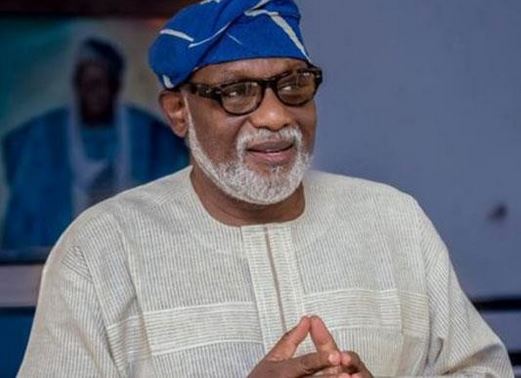
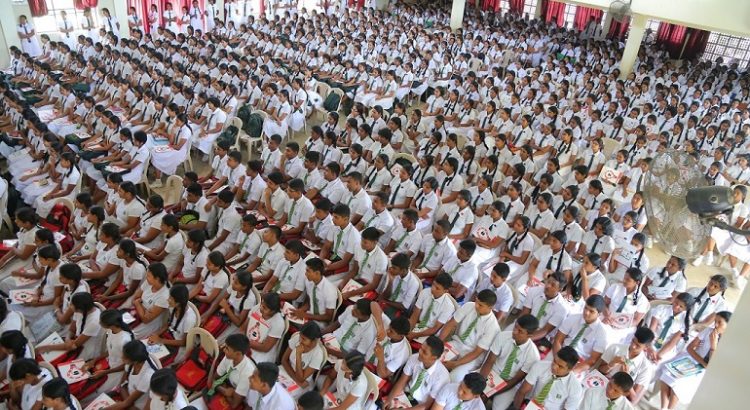
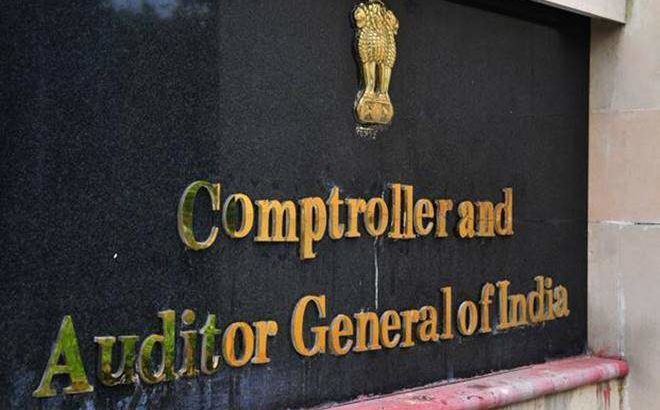


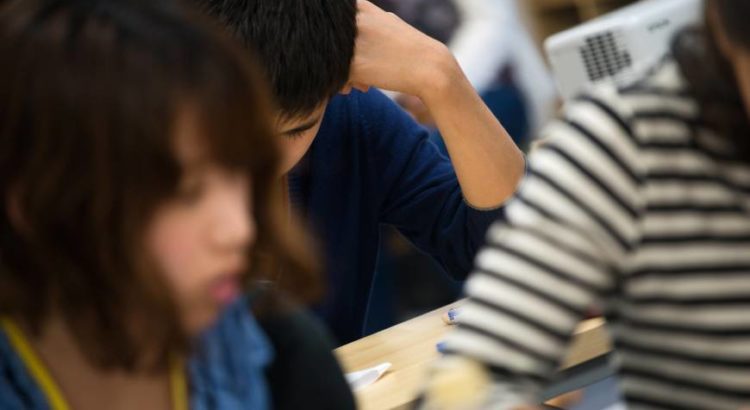
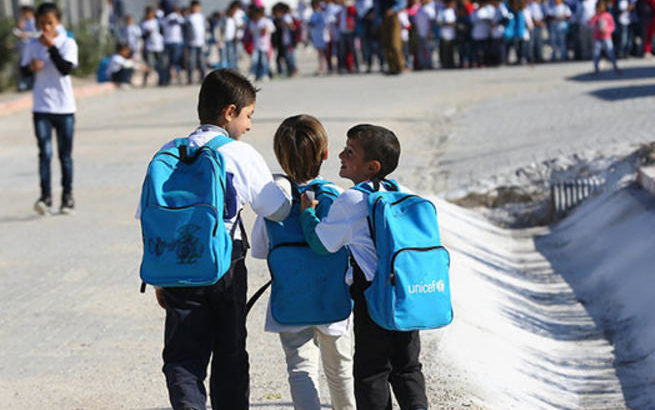






 Users Today : 236
Users Today : 236 Total Users : 35459831
Total Users : 35459831 Views Today : 403
Views Today : 403 Total views : 3418375
Total views : 3418375